Jeanne Lanvin: Modern Romantic
“Modern clothes need a certain romantic feel.”
From humble beginnings, Jeanne Lanvin built a fashion empire, one that is still standing strong today. Lanvin found international fame during the 1920s, as the streamlined aesthetic of Art Deco was rising around her, but in contrast, her style was billowing, decadent and romantic, bringing sumptuous fabrics, luxurious textures and intricate detailing into the realms of design. Her ambition was unlimited, expanding from millinery to children’s clothing, haute couture fashion, furniture and perfume, building a rock-solid foundation for today’s oldest surviving fashion house. “Truly,” wrote Vogue magazine in 1927, “she is one of the great women of the world.”
Lanvin was born in Brittany, France in 1867 and would become the eldest of 11 children. Determined and conscientious, the young designer took work as a dressmaker’s errand girl when she was just 13 and was responsible for delivering hats all around Paris by horse-drawn bus. To save herself the bus fare she preferred to travel on foot, earning her the nickname the “Little Omnibus.” In the next few years she became an apprentice milliner for Madame Felix, where she was already showing great promise for her daring hat designs, or “Lanvin Modes”, which were hugely popular with wealthy Parisians.
After training as a dressmaker with Suzanne Talbot, Lanvin’s confidence was growing and in 1889, when she was just 22, she used her modest savings to open her own hat shop on the mezzanine of 16 rue Boissy d’Anglais in Paris. Her designs appealed to modern Parisian women by embracing femininity and she was soon attracting a wide clientele. In four years, she had earned enough money to move to a larger premise on the prestigious rue du Faubourg Saint-Honoré, where her reputation continued to grow.
Lanvin married Italian Nobleman Henri Emilio Georges Di Pietro in 1895 and had a daughter two years later, named Marguerite Marie-Blanche. Giving birth to a child shifted Lanvin’s world on its axis and had a profound impact on the development of her career. Lanvin was besotted with her daughter and when she was old enough, she began creating beautiful, intricate clothing for her young muse. When her marriage broke down, Lanvin’s daughter also became her closest ally, and the pair would forge an unbreakable bond.
Everywhere she went, Marguerite’s stunning clothes attracted admiration, and Lanvin was soon receiving requests to create clothing for children across Paris. Ever the canny businesswoman, Lanvin capitalised on the attention and opened a children’s clothing department in her store in 1908. Vogue magazine observed in 1912, “The gowning of youth is Madame Lanvin’s métier—no one in Paris knows better than she the little unaffected modes proper to correct the ‘jeune fille.’” Demand was high for her young girls’ clothing, with its’ feminine charm, careful detailing and lavish fabric; before long mothers were making requests for their older daughters, and eventually themselves to wear Lanvin’s flattering, feminine and indulgent designs.
Lanvin tapped in to the rising demand for whimsical, carefully crafted fashion at a time when Paris’ population was increasing tenfold, and rising numbers of women were looking for high fashion items that could make them stand out while partaking in the social activities of theatre, café culture and sporting events that defined the era. Vogue Magazine recalled, “The little gowns [Lanvin] designed for her own ‘petite’ were so fetching that admiring mammas who saw them insisted on the same models for their own little daughters. Soon the elder sisters followed, then the mammas themselves.”
By popular demand, Lanvin created adult versions of girls’ dresses and introduced the first mother-daughter collections into fashion. Novelist Louise de Vilmorin observed, “By first dazzling her daughter, little by little, she will dazzle the world.” Lanvin attended a Parisian ball with her young daughter in 1907 and the pair were immortalised in a photograph wearing matching outfits, an iconic image which would later be transformed into the Lanvin house logo by artist Paul Iribe. Filled with heart and passion, the familial image has remained at the centre of the Lanvin company and its ethos ever since. In 1907 Lanvin also remarried, this time to journalist Xavier Melet.
Orders for women and children’s clothing were eclipsing her hat designs and by 1909 Lanvin had opened a “Young Ladies and Women” department, where mothers and daughters could be fitted together for matching dresses, in the next few decades she would make clothing for some of the most famous people from across Europe: perhaps her most prestigious client was England’s Queen Elizabeth, who ordered Lanvin dresses for princesses Elizabeth and Margaret. Tapping into the success of her clothing, Lanvin became a member of the Chambre Syndicale de la Couture (the Parisian Fashion Council), cementing her status as a haute couture fashion designer.
During the First World War Lanvin continued to remain prolific and expand her empire. In 1915 she took part in the International Exposition in San Francisco, where her voice, along with thirteen others, placed Parisian, haute couture fashion on the international map, securing her a long-term reputation in the United States. Lanvin continued to push her ideas forward after the war, expanding her fashion repertoire into evening dresses, daywear, coats and even lingerie.
By 1918 she was occupying the entire building at 22 Rue du Faubourg Saint-Honore, including four workrooms for tailors, one for lingerie, another for hats, a design studio and an embroidery room, which Lanvin completed with her own hands, refusing to entrust the finishing touches of her trademark detailing and perfectionism to anyone else. This ornamentation became the unique selling point for her designs, as embroidery expanded into elements of appliqué, couching, quilting, parallel stitching, and discreet use of sequins, lending her dresses an exquisitely refined, hand-made elegance.
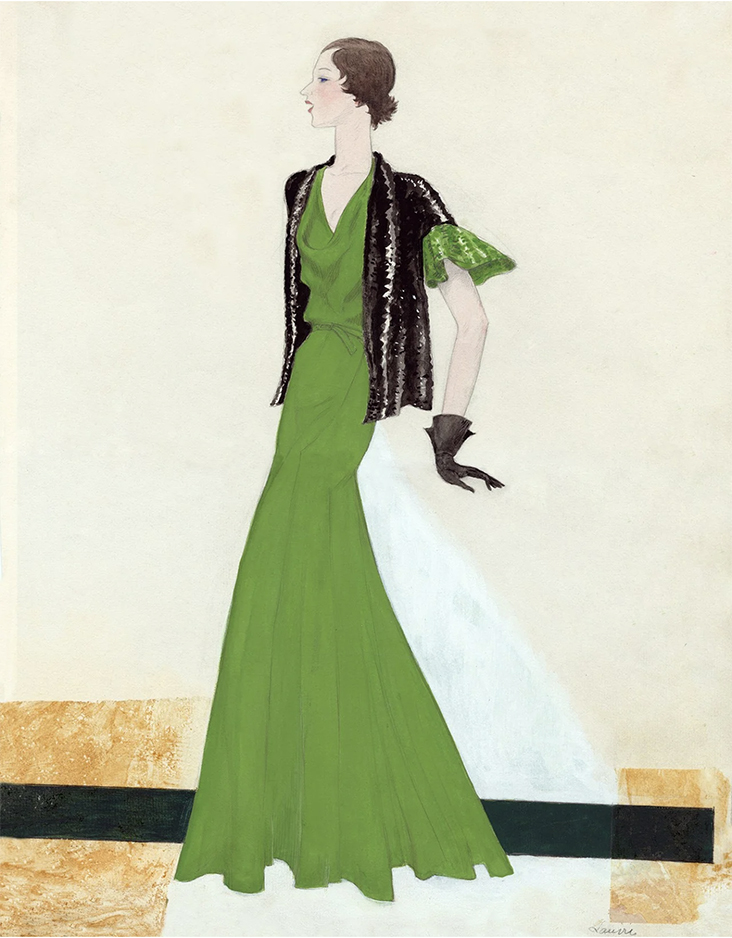
A great colorist, Lanvin found inspiration for her designs in her travels and in fine art. This “sulpher-green” dress, called “Symphonie,” was poetically described by Vogue as having the color “of the intense little green flames that lick a stick of iridescent driftwood.” Illustration: Georges Lepape / January 01, 1932 / via vogue.com
In the 1920s many designers were embracing the Art Deco of the jazz age with streamlined, simplified shapes and straight silhouettes, but Lanvin’s designs resisted the cutting edge in favour of the unashamedly feminine, featuring ribbons, flowers, lace and ruffles, clothing that women loved because it made them feel confident in their own skin. She told Vogue in an interview in the 1930s: “I act on impulse and believe in instinct. My dresses are not premeditated. I am carried away by feeling, and technical knowledge helps me make it a reality.”
As an alternative to the flapper and garconne dresses that were becoming popular, Lanvin also pioneered empire line dresses, and perhaps more famously the Robe de Style, with its billowing, pannier skirt which was flattering for all shapes of women. Her independent style reflected her innately reserved nature, which was somewhat distant from the elite circles of Parisian fashion, but her hard work and determination were enough to earn her a secure and lasting reputation. For her own clothing she preferred to wear black, allowing her designs and fabrics to take centre stage. Karl Lagerfeld observed: “Her image wasn’t as strong as that of Chanel because she was a nice old lady and not a fashion plate”.
Even so, the 1920s signalled Lanvin’s most prolific period yet as she established stores in Paris, Deauville and Biarritz, with 23 ateliers and nearly 800 employees. She befriended and became a long-term collaborator with architect and interior designer Armand-Albert Rateau, who worked together to redesign her home and business interiors, as well as producing a series of furniture including rugs, curtains, stained glass, wallpaper, and more. In 1922 she founded a dye factory in Nantere, where she could fully develop a wide range of colour permutations in organza, lace, silk, taffeta and velvet to match elements of beading and detail from coral, tiny shells, pearls and sequins.In a further quest for originality, Lanvin took inspiration from Medieval and Renaissance art, ancient Egypt and antiquity, developing her own shade of Lanvin blue, a soft, flattering colour that suited most skin tones.
When seaside resorts became popular with the Parisian upper crust, Lanvin launched the Lanvin Sport department, with outfits for swimming, horseback riding, tennis, and even winter sports. In 1924, Lanvin was one of the first fashion houses to produce a fragrance line, producing her signature scent Arpege in 1927 as inspired by the sound of her daughter playing scales on the piano. Rateau designed the distinctive globe shaped perfume bottle which was an overnight success. Always one to spot an opportunity, Lanvin expanded into menswear in 1926, offering bespoke suits, ties, pyjamas and sportswear for male clientele, hiring her nephew Maurice Lanvin to manage the department.
During WWII, Lanvin soldiered on, contributing to the war effort with outfits for women engaged in war work and regulation uniforms for female armed-service members. By the end of the war in 1945, Parisian haute couture was coming apart at the seams, threatened by the rising prominence of Berlin; At 78 years old, Lanvin gathered support with the help of Lucien Lelong, president of the Parisian Fashion Council, and together with director Christian Bérard, organised the Théâtre de la Mode (Theatre of Fashion), a touring exhibition in tribute to the unique and inimitable voices of Parisian fashion. Just a year later, Lanvin passed away peacefully at the age of 79, but by now her place in history was secure.
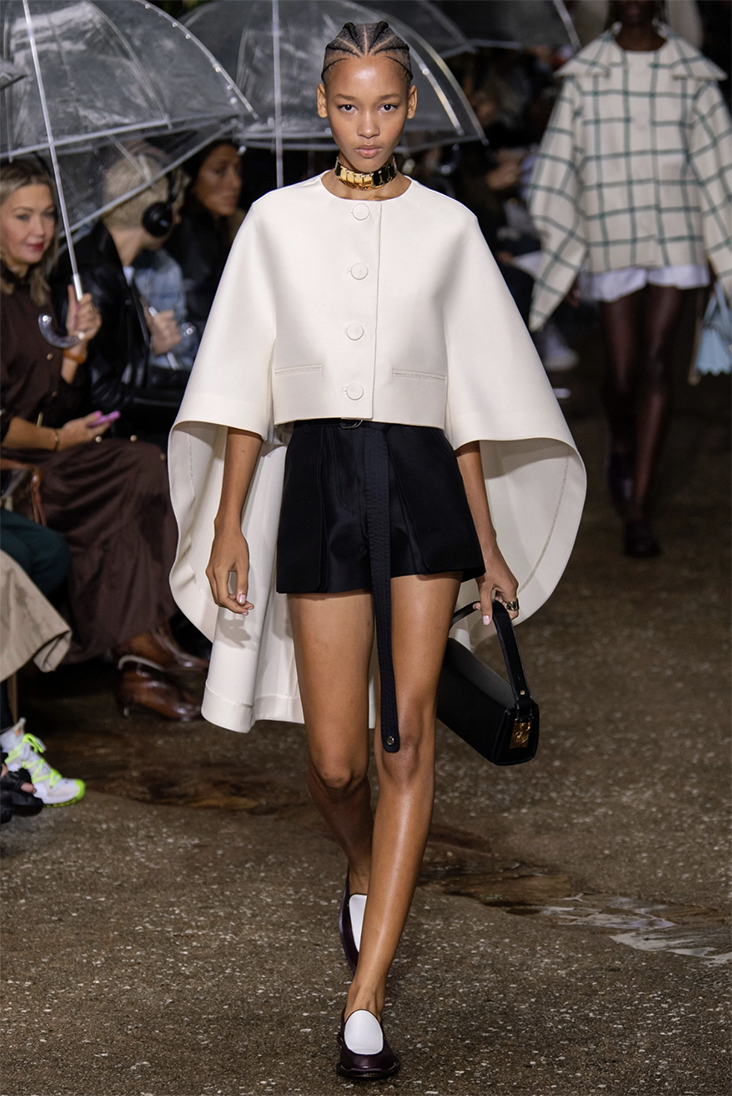
Illustration: Christian Bérard / Vogue / April 1, 1937 / The dress on the left in “wave-green” tulle embrellished with tulle braid; and on the right an organza garden party dress “as young as a new moon.” / via vogue.com
After Lanvin died, her daughter became president of the company until 1950, maintaining the standards of excellence established by her mother. Since then, various creative directors have continued to keep the house’s empire alive through various ups and downs including Claude Montana, Dominique Morlotti, Alber Elbaz, and most recently Bruno Sialelli, progressive voices who still push the brand synonymous with femininity, strength and high luxury in bold and adventurous new directions.





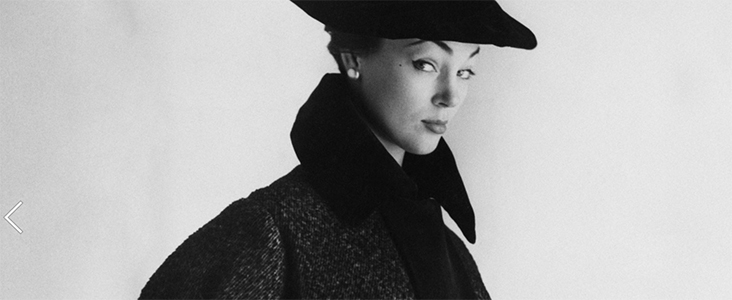
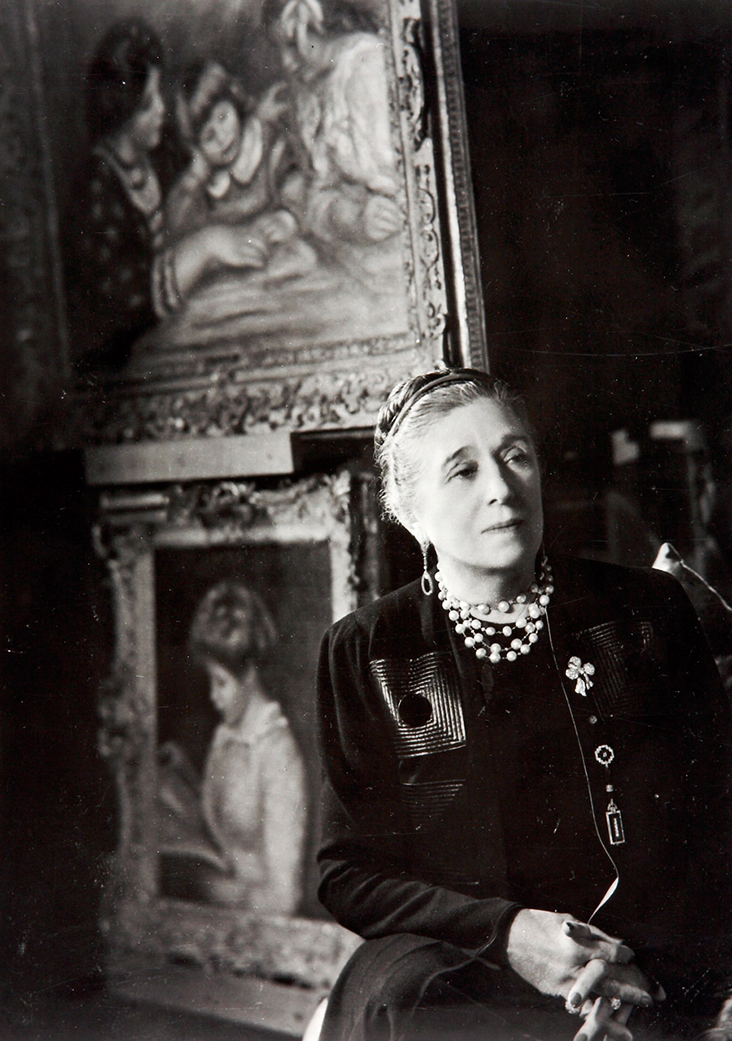
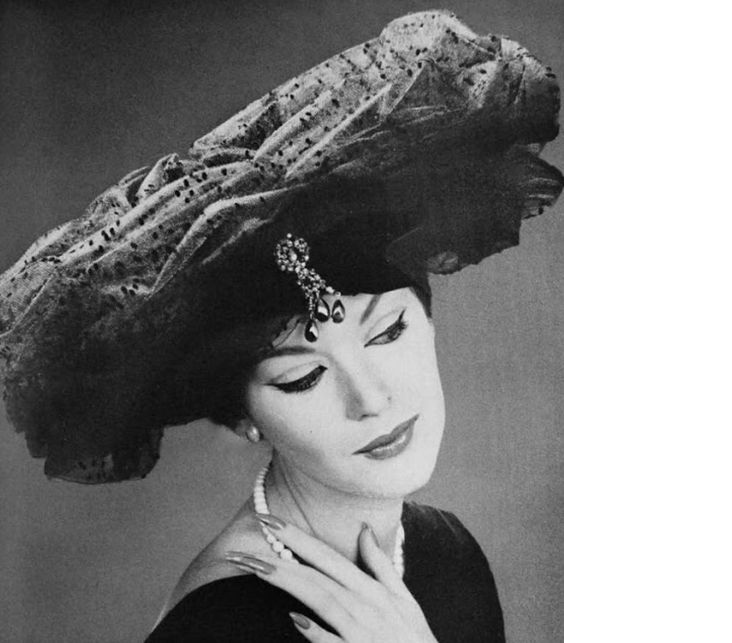
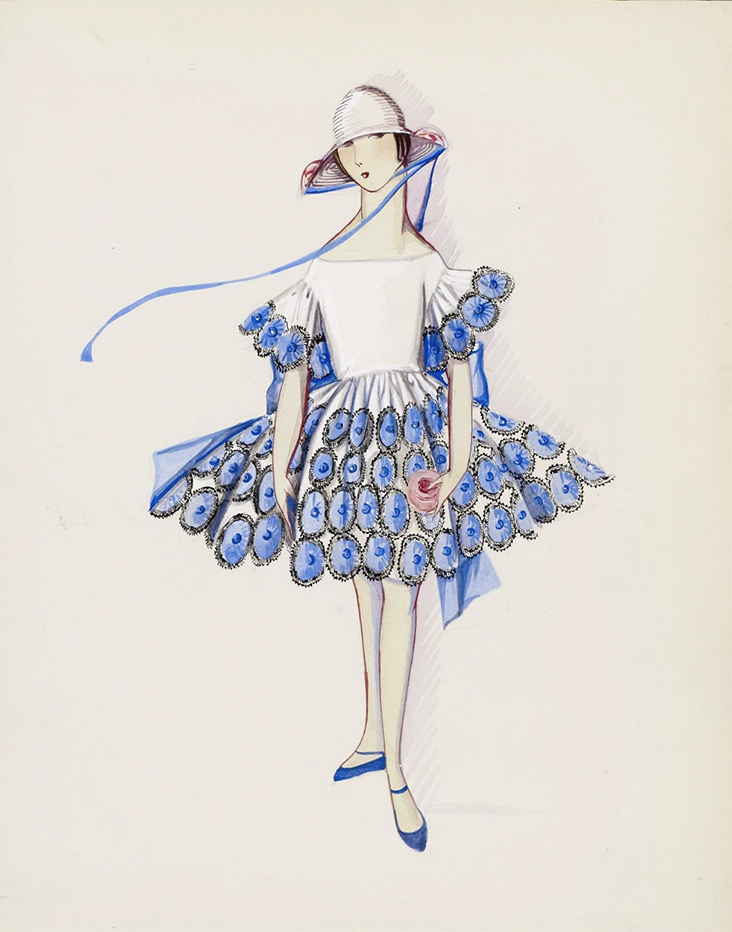
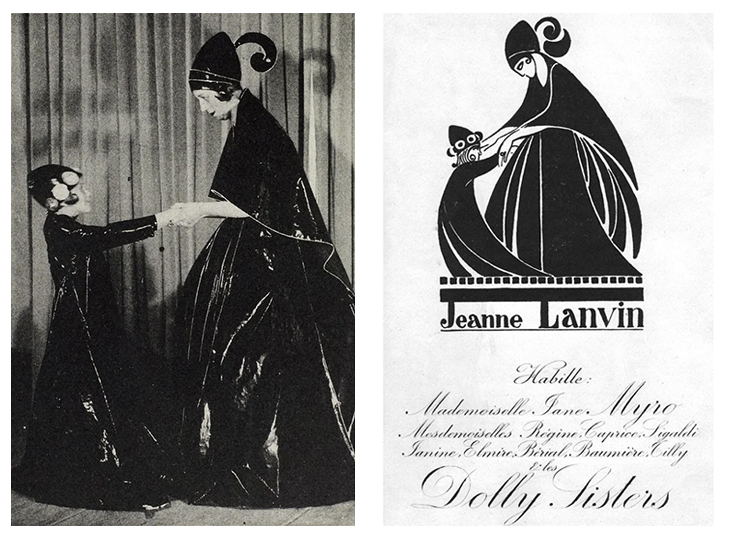
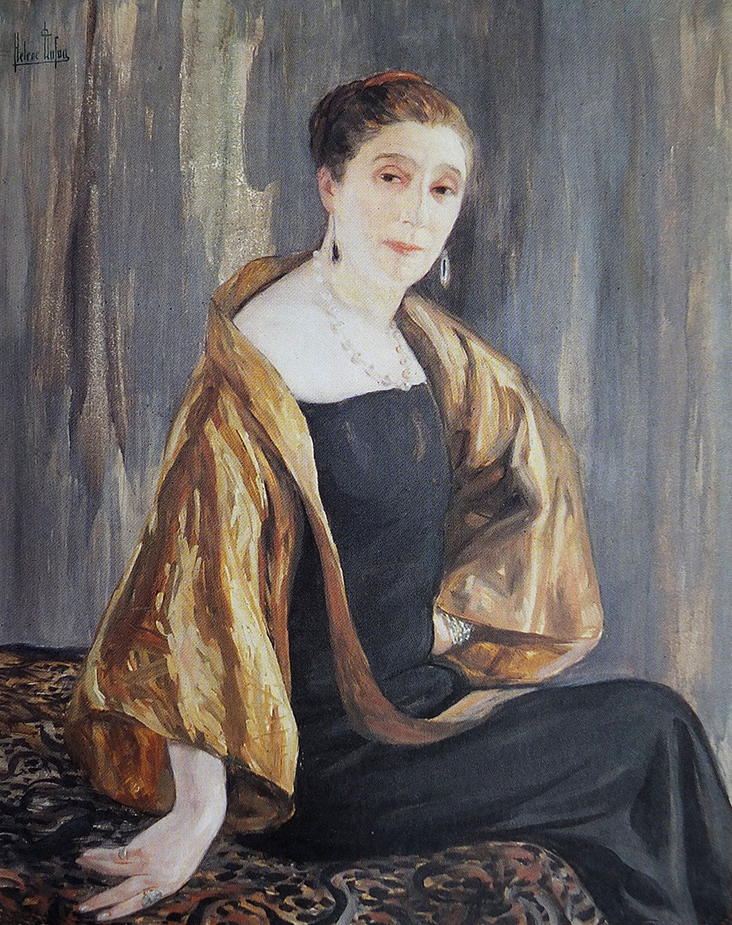

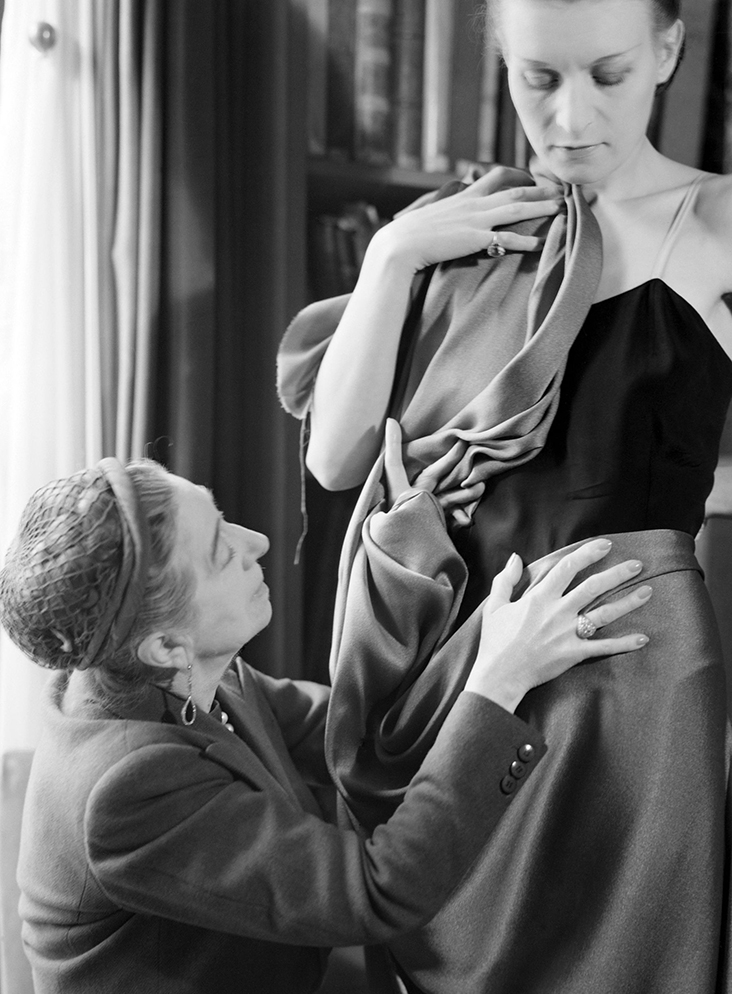
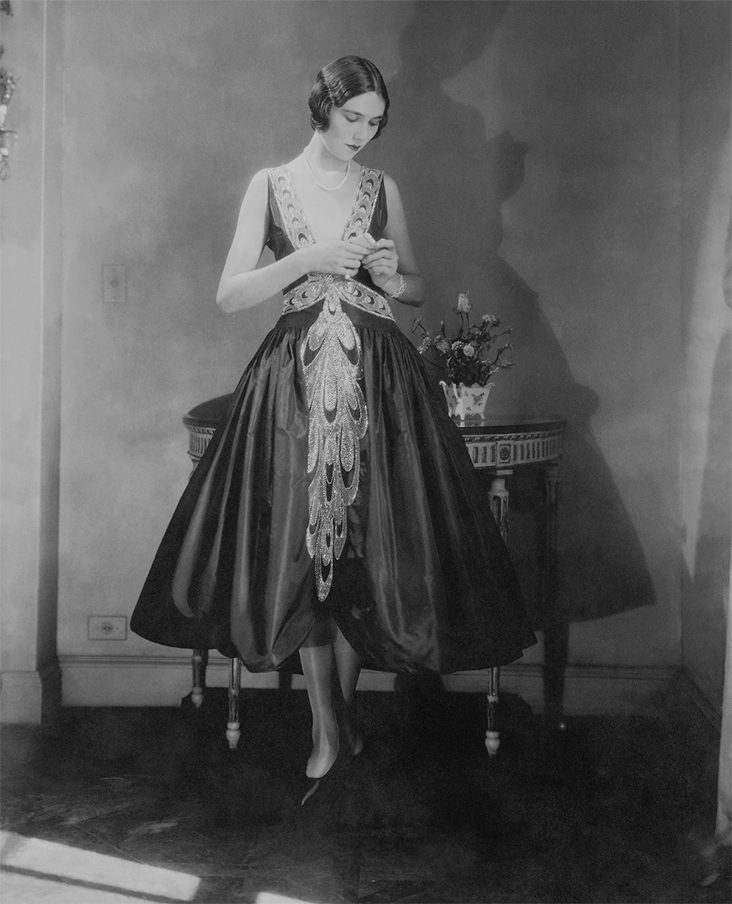
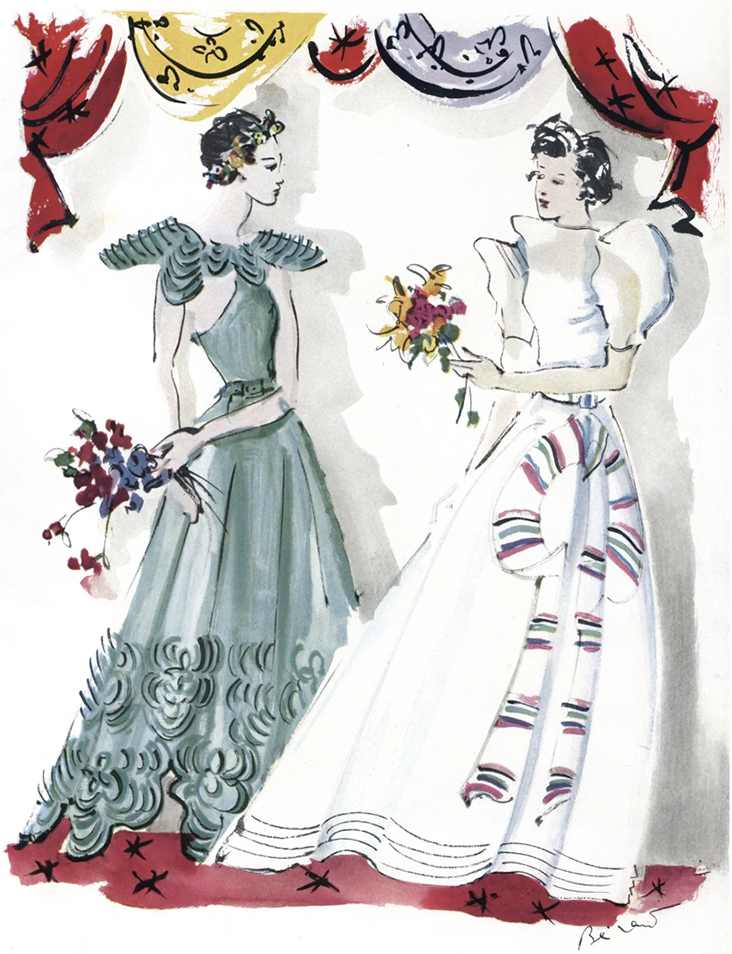
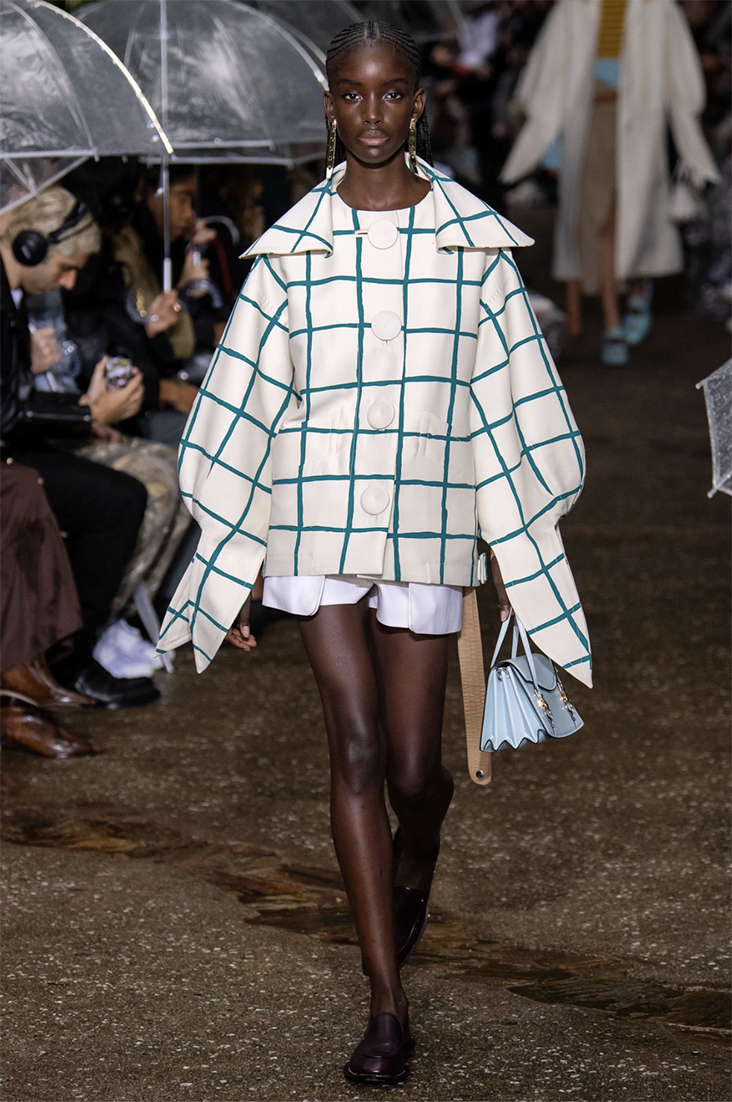
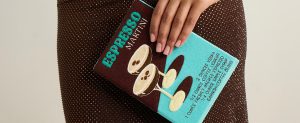

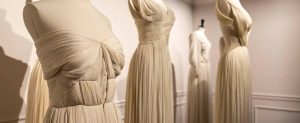
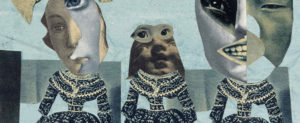
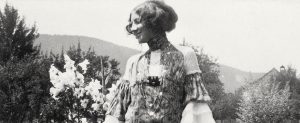


















4 Comments
Pingback:
Jeanne Lanvin and the Evolution of Women’s Fashion in Early 20th Century Paris - The Pulse of the FashionMary Berdan
Rosie, who exactly was Karl Elberfeld??
PS. I read your articles with great pleasure, thanks!
Rosie Lesso
Whoops – that should say Lagerfeld – thanks for the tip! That should be it changed now. Great to hear you are enjoying the articles – thank you for the positive feedback…
Vicki Lang
What a strong creative woman. And such beautiful fashions with unique trims.